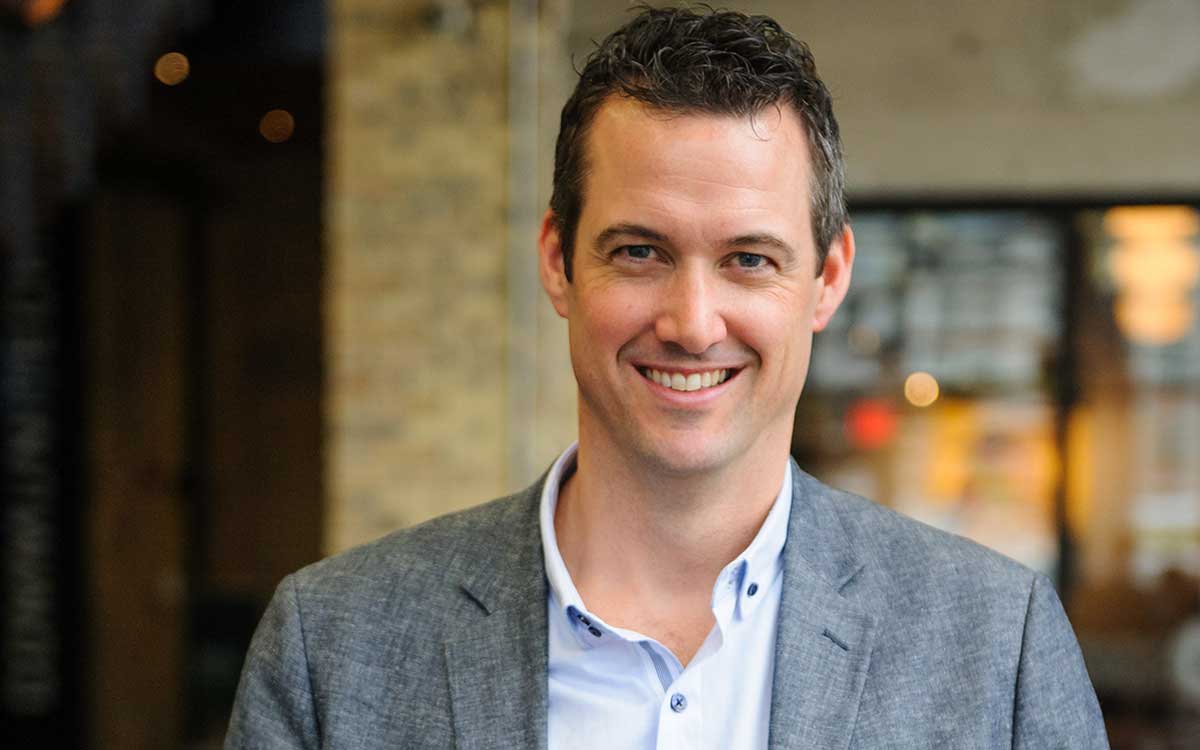
Who leads innovation? This is a question that is asked on a regular basis. Who should lead the efforts on innovation, new product development, cultural changes, etc? There are many good choices, and a few bad ones, and none of them require a certain position. But there a few requirements that will help an innovation leader succeed.
The recent Deloitte study focused on innovation pointed out that few Canadian companies were prepared for future disruption. In fact, 35% of Canadian companies self-reported they were totally unprepared for a future disruption, and a further 29% have no plan and are tentative about what to do next. This is significant as almost every industry is going through some level of disruption, and most of these are driven by technology. Others might argue there are other causes, but most of these are rooted in significant technological advances which ultimately drive new consumer behaviours, cost reductions, globalization, etc.
How do organizations get ahead of this curve and prepare themselves for the inevitable change, or respond quickly if that change has already occurred? One part that is important is leadership. Leadership must occur at many levels, at the executive level, at the tactical level, and at the partnership level. What does this all mean? Here’s a breakdown of each specific area:
Executive Leadership
Innovation leadership at the executive level means a few things. First it means that the organization, at the senior management level, and probably the board level, have recognized that there is a need to innovate and change. To stimulate these required changes, resources must be allocated to fund and support this change. This could mean new teams are formed, investments in new technology are made, acquisitions need to be made, or priorities need to be shifted. These all take time and money to execute, and the executive team must support.
The second part of executive leadership is providing clear direction on ‘why’. Why are we making these changes? Why are the changes in the market something we should respond to? Who is going to lead this change and why they are the best choice. With a very clear ‘why’, all the other teams in the organization that support the innovation agenda are able to then execute on the ‘how’ and ‘what’, without having to waste time discussing the ‘why’.
Tactical Leadership
Successful innovation programs require more than just money and a good story as to why a company needs to be reinventing itself. It requires subject matter experts in many areas to lead the execution of programs and product development. If the disruption is led by technology, then you need to ensure you have the technical competence leading the development. If the challenge internal is cultural, then you need more than just an HR leader to support this disruption, you may need to bring in new people to lead it, or find new ways of building culture.
Finally, with tactical leadership, often you need to bring new people into the organization and move others out that don’t support the vision. Who is the right person in your organization to maintain continuity and communication, while bringing on new people who understand the ‘why’?
Partnership Leadership
Most large organizations can’t do it on their own. They have built their success on efficiently executing on a known business model. Often, the disruption changes this business model, or components of it, and it’s not easy for these organizations to make the shift. It’s when the pressure is on the most, that it’s most important to find the right partners to support this shift. It could be consultants to support pieces of it and bridge the gap until the organization can hire the right people. It could be acquisition of a technology to speed up the adoption and talent inside.
Partnership leadership understands the holistic components of innovation and disruption and can figure out what parts are best to partner on, and what parts are best to build on their own. Once that has been figured out, it’s finding the right partners that can do the task that is needed, and will have the best chance to fit in culturally.
Innovation leadership requires people at various levels in the company to properly execute a vision. Each component has a specific role to play, and if they play it well, innovation and transformation can be quickly rolled out across any organization. If components are missing, then inevitably, the execution stalls and eventually fails.
Craig can be reached at info@niagaraindependent.ca

Craig Haney holds a Masters degree from University of Waterloo in Entrepreneurship and has been leading the charge for corporate innovation in Canada for almost 10 years. His work with Canadian Tire Innovations helped launch the corporate innovation program at Communitech. Currently Craig is the Vice President of Europro, a large real estate developer in Ontario.




















